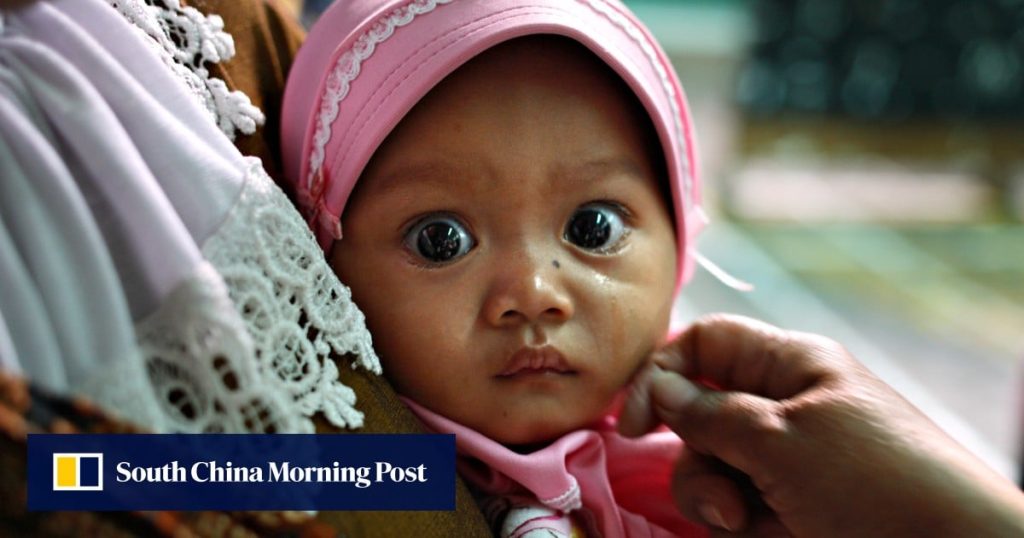Across parts of Asia, a growing number of doctors and midwives are performing what is locally known as female circumcision, taking on a role once carried out mainly by traditional practitioners, in a shift rights advocates warn risks legitimising and entrenching a practice with no medical benefit.
The World Health Organization and other UN agencies classify all forms of such cutting – often defended as a religious or cultural rite – as female genital mutilation (FGM), describing it as a violation of women’s and girls’ human rights with no health advantages and well-documented physical and psychological harm.
Now, rights advocates say the growing trend of “medicalisation” – in which health professionals rather than traditional practitioners perform the procedure – risks normalising FGM and giving it a veneer of legitimacy.
“What has really changed in recent times is the fact that now more and more the practice is being performed either by doctors or by trained midwives who are part of the formal healthcare system,” Divya Srinivasan, global lead on ending harmful practices at Equality Now, told This Week in Asia.
Parents were now choosing to go to doctors and trained midwives out of concern that traditional practitioners might be using unsterilised instruments or that their craft had died out in many parts of the region, she said.
“But I think the problem is that medicalisation of female genital mutilation is actually really harmful. There’s no evidence that it reduces the harm which is performed at the end of the day,” she added.


